KarateNews: In May 2023 I had the honor of interviewing Robert Bowles O’Sensei, a 10th dan in Shuri-Ryu Karate. O’Sensei Bowles was in Denmark to conduct seminars on the advanced aspects of Shuri-Ryu.
O’Sensei Bowles: Thank you for having me. It’s a pleasure to be here.
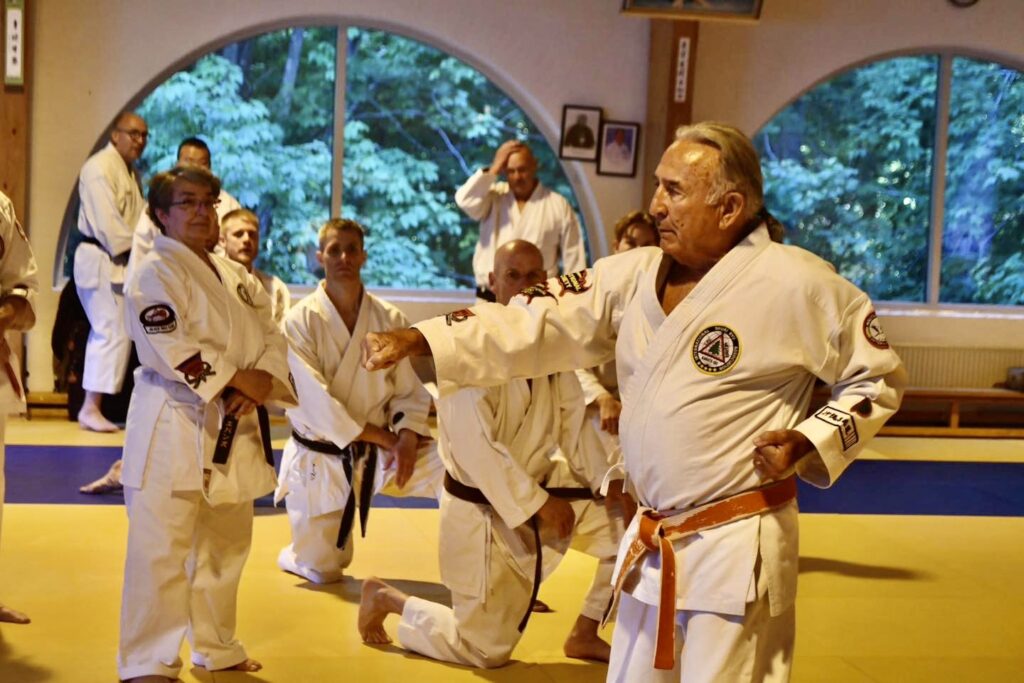
KarateNews: Let’s begin by discussing the history of Shuri-Ryu Karate. Can you tell us about its origins and the role played by Robert Trias O’Sensei?
O’Sensei Bowles: Certainly. Robert Trias O’Sensei, who lived from 1923 to 1989, was a key figure in the development and popularization of Shuri-Ryu Karate in the United States. During his time stationed in or around the Solomon Islands, he had a life-changing encounter with Tung Gee Hsiang, a Chinese missionary of Buddhism. Impressed by Tung’s skills, Trias asked him to become his martial arts instructor. Under Tung’s guidance, Trias learned Hsing Kung Fu and Okinawan Shuri-Te Karate, which Tung had acquired from Choki Motobu in Okinawa. Trias also had the privilege of being mentored by Yasuhiro Konishi Sensei.
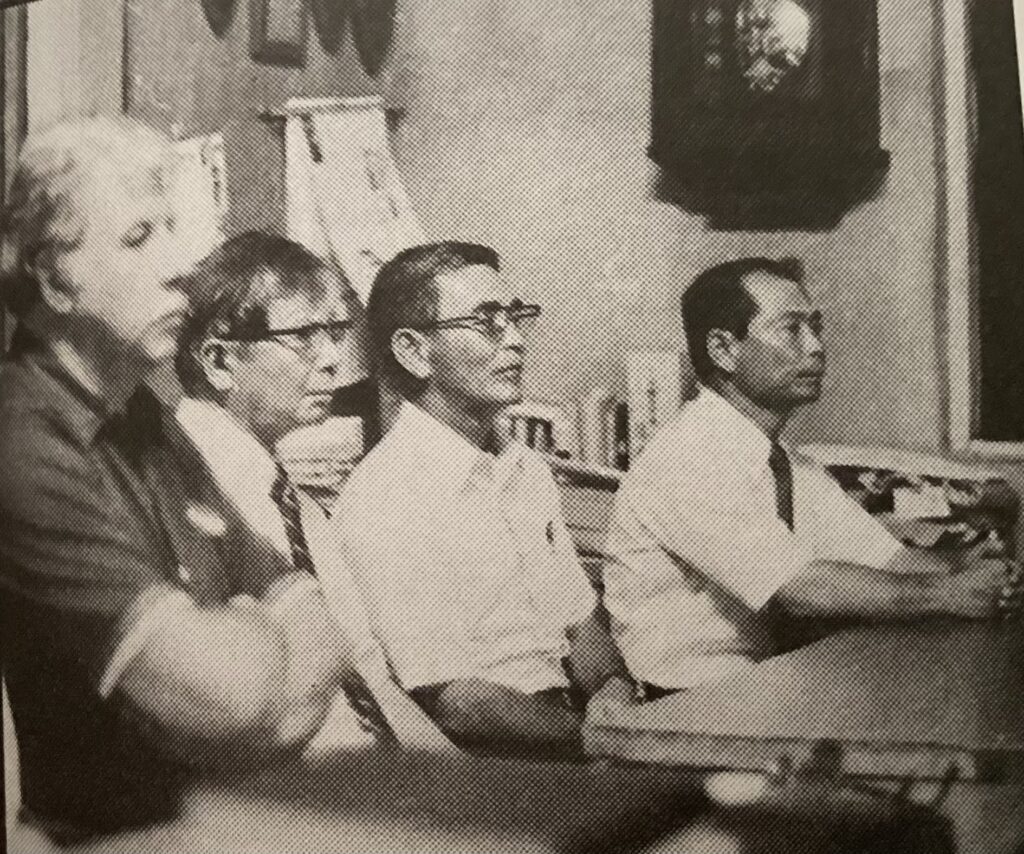
In 1946, Trias founded the United States Karate Association (USKA), which was the first karate school in mainland United States. He introduced Shuri-Ryu Karate to the American public, teaching the art and organizing tournaments to promote its growth. Trias’s efforts not only popularized karate but also established Shuri-Ryu as a distinct style, playing a significant role in the development of martial arts in the United States.
KarateNews: It’s fascinating how Trias O’Sensei’s contributions shaped the karate landscape in America. Now, let’s talk about your own journey and the impact you’ve made. Can you share some insights into your tournament career and your contributions to the martial arts world?
O’Sensei Bowles: Certainly. Throughout my tournament career, I’ve aimed to not only showcase my skills but also contribute to the evolution of the martial arts world. One of my significant contributions has been the popularization of the kata known as Gopeisho. This intricate and dynamic form, which I have mastered and perfected, has captivated audiences and fellow practitioners, bringing Shuri-Ryu into the international spotlight.

Moreover, my dedication to spreading the principles of Shuri-Ryu has led me to visit Denmark, where I have had the honor of teaching the Danish Shuri-Ryu community. During these visits, I’ve conducted workshops, shared my expertise, and imparted invaluable knowledge to eager students. This cultural exchange has not only strengthened the bond between the American and Danish martial arts communities but has also fostered a deeper appreciation for Shuri-Ryu.
KarateNews: It’s evident that you’ve made a significant impact both in the United States and internationally. Could you acknowledge the individuals who have played crucial roles in the growth of Shuri-Ryu in Denmark?
O’Sensei Bowles: Absolutely. When reflecting on my journey, I must acknowledge and pay tribute to Vitus Bilking Kyoshi, who introduced Shuri-Ryu to Denmark in 1982. Bilking’s passion and dedication laid the foundation for Shuri-Ryu’s presence in Denmark and set the stage for Niels Larsen Sensei to assume leadership. Their contributions have ensured the continued prosperity and success of Shuri-Ryu in Denmark, and I am grateful for their efforts.
KarateNews: I’ve heard that you’ve had the opportunity to study and compete abroad. Could you tell us more about your experiences?
Bowles O’Sensei: Certainly! It has been an honor to represent different teams in Europe during the 1970s. Qualifying for those teams allowed me to showcase my skills on an international stage and interact with talented martial artists from various countries. It was an incredibly enriching experience that broadened my perspective on Karate.
KarateNews: That sounds like a fantastic opportunity. Apart from your experiences in Europe, we’ve also heard that you’ve studied Karate in Okinawa. Could you elaborate on that?

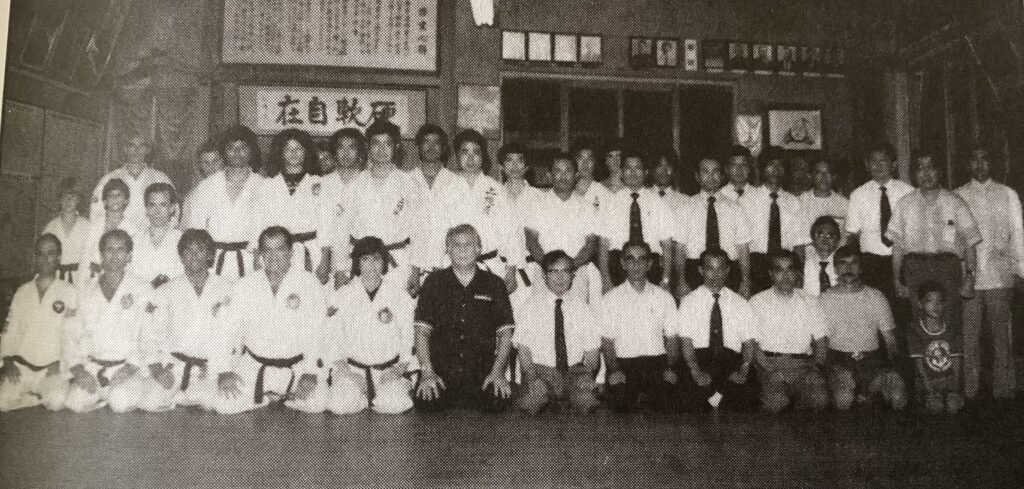
Bowles O’Sensei: Absolutely. I had the privilege of participating in several Cultural Exchanges between the United States and the Okinawa Karate Association. These exchanges provided an invaluable opportunity for me to learn Karate in its birthplace, Okinawa. Training alongside Okinawan instructors and immersing myself in their teachings and techniques was truly transformative. I gained a deeper understanding of the art and its rich cultural heritage
KarateNews: Looking ahead, what are your future plans and aspirations for Shuri-Ryu?
O’Sensei Bowles: Following the passing of my mentor, Trias O’Sensei, in 1988, I directed my focus towards the worldwide standardization of Shuri-Ryu. To achieve this objective, I founded the International Shuri-Ryu Association, which emphasizes the preservation of the traditional elements of Shuri-Ryu over competitive tournaments. While Shuri-Ryu is primarily practiced in the United States and Denmark, it has also established branches in Venezuela and Germany. My goal is to continue spreading the principles and teachings of Shuri-Ryu worldwide, ensuring its legacy for generations to come.
KarateNews: Thank you for sharing your insights and aspirations, O’Sensei Bowles. Lastly, I’ll have the opportunity to observe your class today, where you will be teaching Shudo-So. Could you explain this breathing exercise and its significance?
O’Sensei Bowles: Certainly. Shudo-So is an advanced breathing exercise developed by Robert A. Trias O’Sensei. Inspired by the breathing exercises practiced by Shaolin Monks during their moving Chan meditation, Shudo-So aims to cultivate mindfulness, focus, and physical coordination through deep breathing and specific movement patterns.
During the practice of Shudo-So, practitioners assume a meditative stance or posture, grounding themselves and centering their focus. They then engage in a sequence of fluid movements, synchronizing their breath with each movement. This exercise helps develop harmony between the mind and body, enhancing one’s overall martial arts practice.
KarateNews: Thank you for the explanation, O’Sensei Bowles. I was truly impressed by your demonstration and the depth of knowledge you shared. We appreciate your time and wish you continued success in your endeavors.
O’Sensei Bowles: Thank you for having me, and I appreciate your kind words. It has been a pleasure to share my experiences with you
Interviewer Lars Andersen
Photo courtesy of Robert Bowles
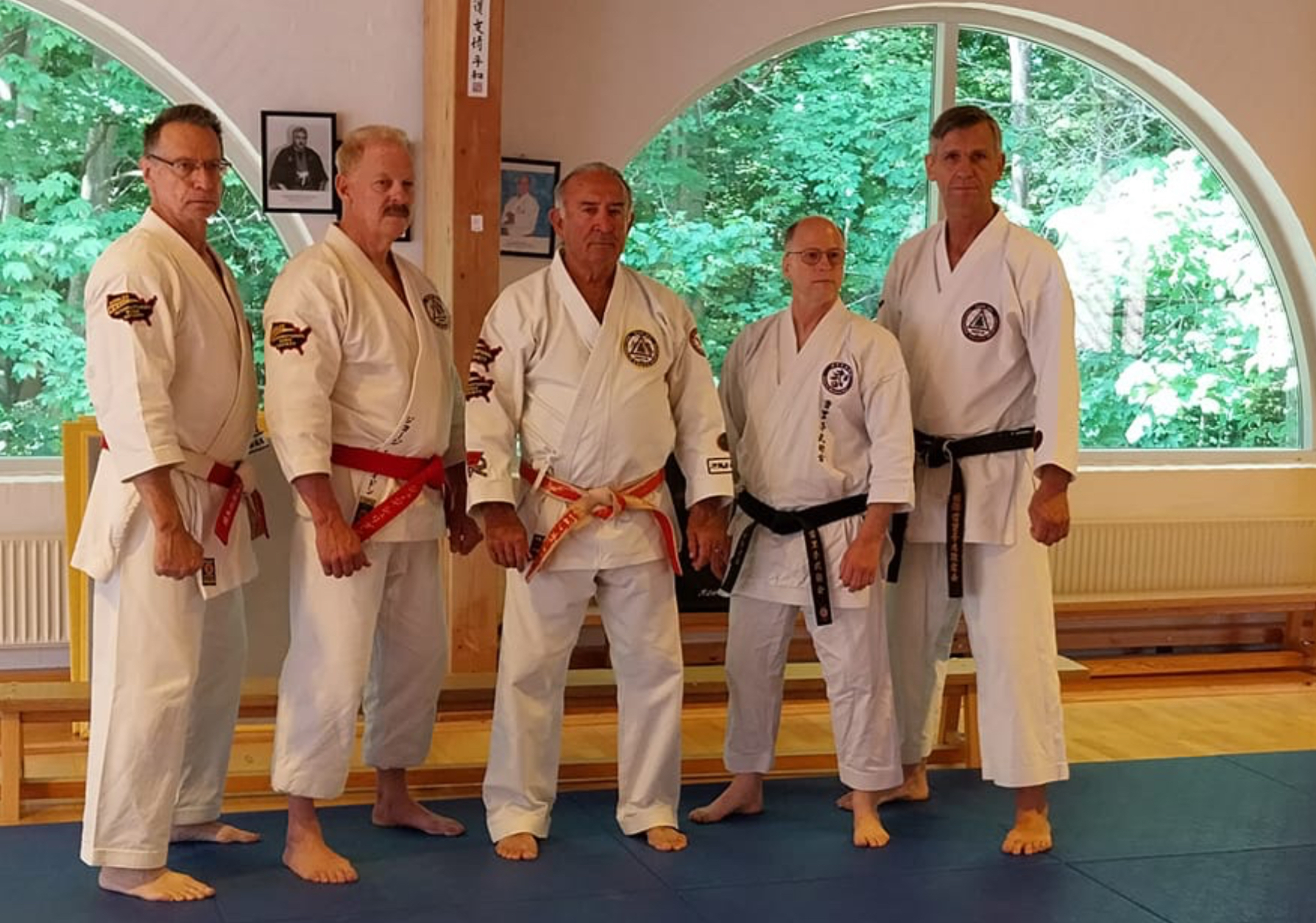

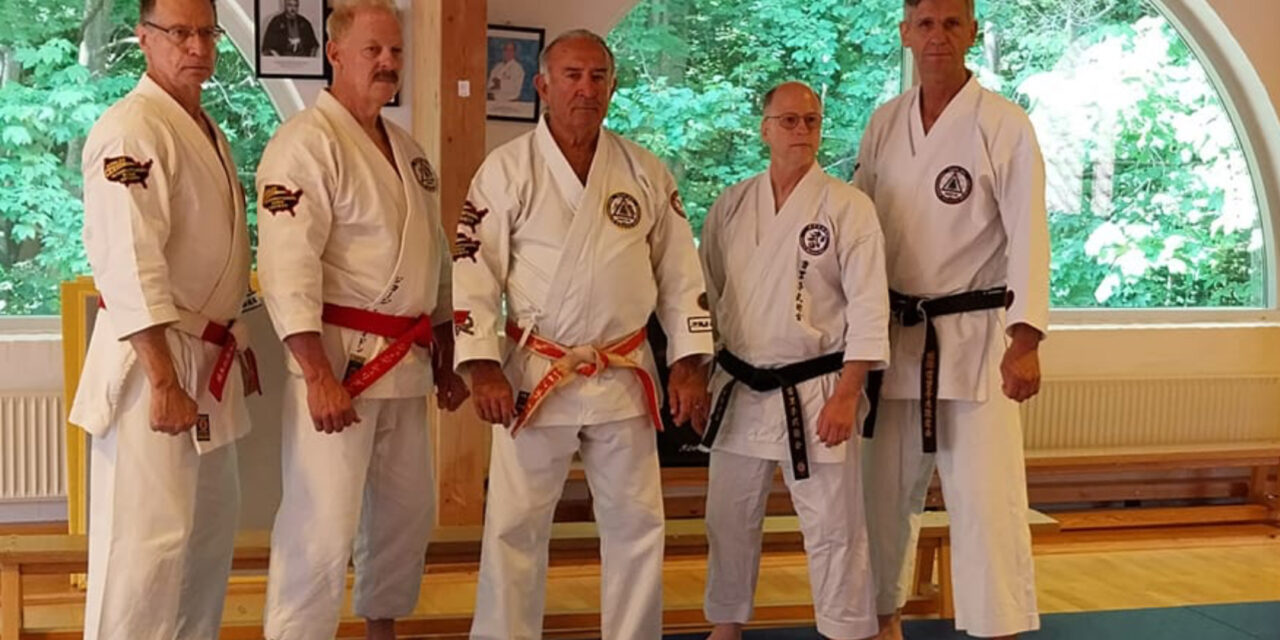


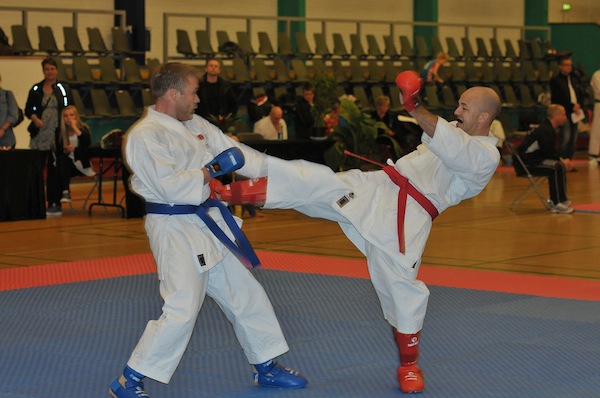






Seneste kommentarer